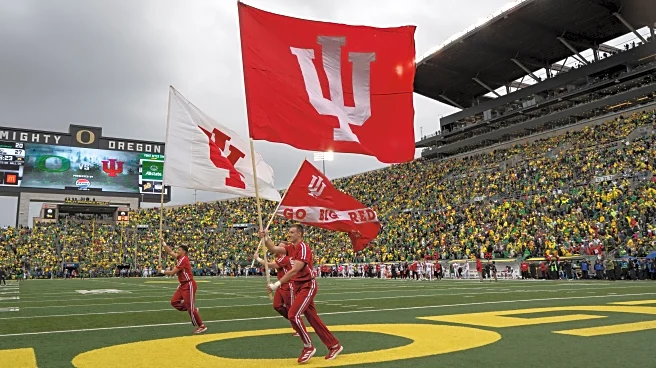What's Happening?
Minnesota is experiencing a unique autumn season with warmer weather leading to unusual flowering patterns. Typically, the state's autumn is characterized by specific blooms, but this year, the warmer temperatures have resulted in flowers blooming that
are not usually seen during this time. This shift in weather patterns is causing a noticeable change in the local flora, with some species blooming earlier or later than expected.
Why It's Important?
The unusual flowering patterns in Minnesota highlight the broader impacts of climate variations on local ecosystems. These changes can affect pollination cycles, wildlife habitats, and agricultural practices. For farmers and gardeners, understanding these shifts is crucial for planning and managing crops and gardens. Additionally, the altered blooming schedule may impact local tourism, as visitors often come to see the state's renowned autumn foliage and flowers.
What's Next?
If the warmer weather persists, Minnesota may continue to see changes in its typical seasonal blooms. This could lead to adjustments in agricultural practices and potential shifts in local wildlife patterns. Researchers and environmentalists may study these changes to better understand the long-term impacts on the region's ecosystem and biodiversity.
Beyond the Headlines
The warmer autumn in Minnesota could be indicative of broader climate change trends affecting the region. This may prompt discussions on environmental policies and conservation efforts to mitigate the effects of climate change. The unusual blooming patterns also offer an opportunity for educational initiatives focused on climate awareness and adaptation strategies.














